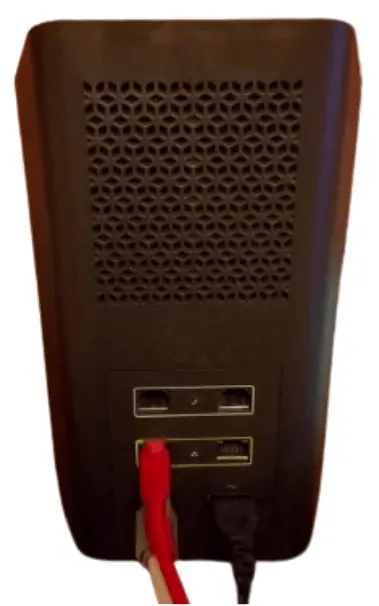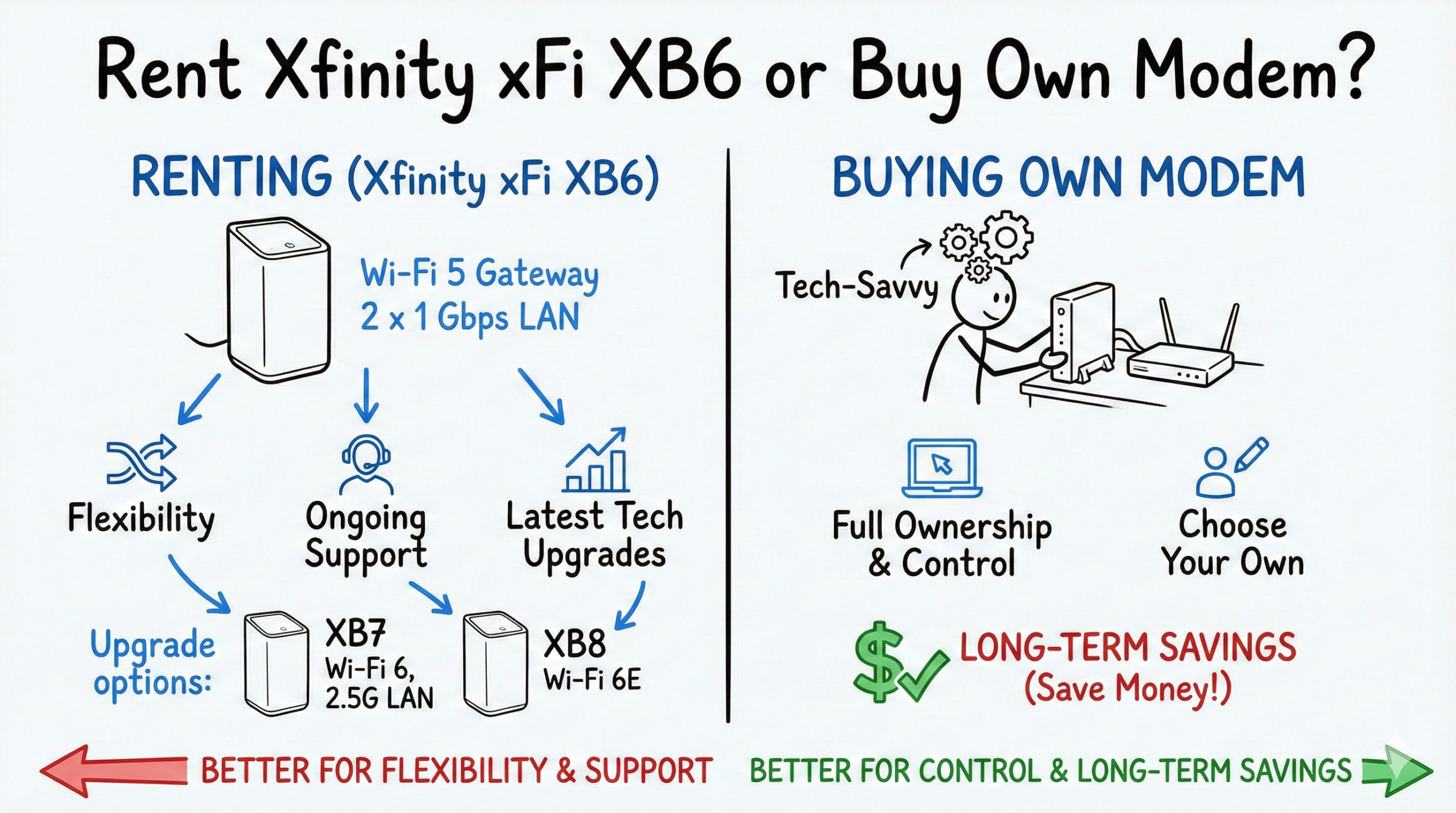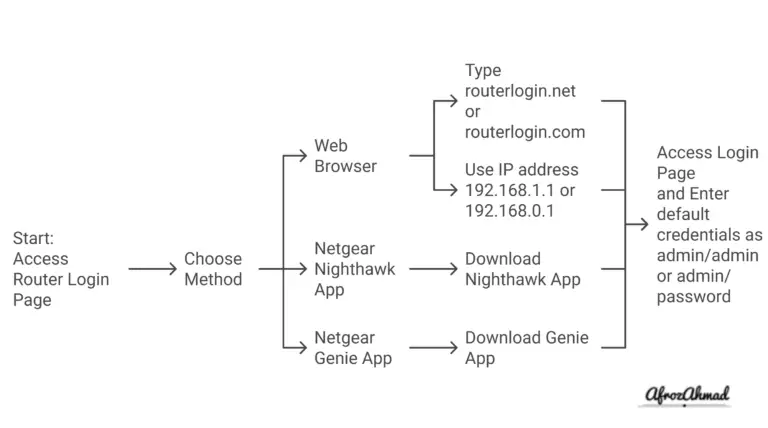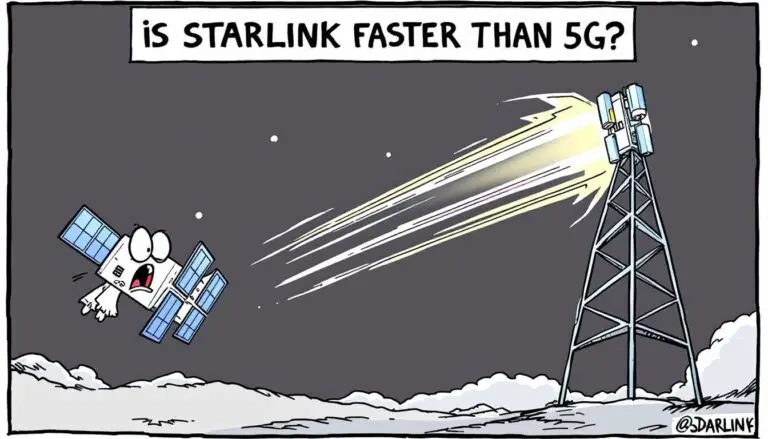The Xfinity xFi XB6, also known as the Arris TG3482G (and Technicolor CGM4140COM), is an advanced cable modem and router combo provided by Xfinity to its internet customers. With support for modern cable technologies like DOCSIS 3.1 and dual‑band Wi‑Fi 5 (802.11ac Wave 2), it promises fast internet speeds and broad home coverage for many households.
But is the XB6 worth getting over buying your own compatible modem, especially given the typical $15 per month equipment rental fee on plans where it’s itemized? This complete guide on the Xfinity gateway provides an in-depth review of its features, performance, pros, and cons to help you decide. If you want Wi‑Fi 6 or Wi‑Fi 6E, note that those are on newer gateways (XB7 and XB8, respectively), and some 2025 plans bundle equipment at no extra monthly line item.
Rent Xfinity xFi XB6 or Buy Own Modem? – If you value flexibility, ongoing support, and the ability to upgrade to the latest technology, renting may be a better option. The XB6 is a Wi‑Fi 5 gateway with two 1 Gbps LAN ports; for Wi‑Fi 6 or a 2.5G LAN port choose XB7, and for Wi‑Fi 6E choose XB8.
However, If you’re tech-savvy and want to choose and install your own modem, have full ownership and control, and possibly save money in the long run, buying a compatible modem/router outright might be a better choice.

Xfinity xFi XB6 Overview
Key Features:
- DOCSIS 3.1 modem with 32 downstream x 8 upstream channels
- Dual‑band Wi‑Fi 5 (802.11ac Wave 2) with MU‑MIMO
- Supports internet speeds up to 1Gbps (service-tier dependent)
- 2 Gigabit Ethernet LAN ports (no 2.5G port on XB6)
- Coverage varies by home layout and materials
- Built-in voice support; battery-backup capable for Voice
- Can connect many devices with band steering through the xFi app
- Works with Xfinity xFi app for network management and control
Manufacturer: Xfinity (based on Arris TG3482G and Technicolor CGM4140COM variants)
- The XB6 Advanced Gateway combines a DOCSIS 3.1 cable modem, Wi‑Fi 5 wireless router, voice adapter, and network management tools into one device.
- With 32 downstream and 8 upstream channels, it can deliver near‑gigabit download speeds given sufficient network provisioning from Comcast.
- Wi‑Fi supports MU‑MIMO for efficient multi‑device connectivity; OFDMA is a Wi‑Fi 6 feature available on newer gateways (XB7/XB8).
You can manage the gateway remotely via the Xfinity xFi app, which provides useful parental controls, device monitoring tools, and more. However, you pay a typical $15 monthly equipment fee when it isn’t included in your plan; some current plans include the gateway in the plan price.
See also: Xfinity WiFi Self-install & Activation
Xfinity xFi XB6 Review: Features and Performance
Here is a more detailed look at the vital features and real-world performance you can expect from the Xfinity XB6 gateway based on my testing:
Internet Speeds and Throughput
In our testing with a Gigabit Xfinity plan, the XB6 provided download speeds of around 750 Mbps and upload speeds of up to 300 Mbps over a wired Ethernet connection.
The theoretical maximum LAN port throughput is 1Gbps for wired devices on the XB6. Note that some users have reported wired download speeds on the XB6 gateway of over 1100 Mbps due to over‑provisioning, while others have mentioned wired speeds capping out at 950 Mbps.
For wireless devices, one user reported WiFi speeds on the XB6 gateway ranging from 500–600 Mbps download and 33–35 Mbps upload.
It’s important to note that WiFi speeds can vary depending on various factors such as device compatibility, network congestion, and distance from the gateway.
While not full‑gigabit speeds, 750 Mbps down is sufficient for UHD/4K streaming, online gaming, large file downloads, and normal internet usage. The XB6 exists in two hardware variants: Arris TG3482G (Intel Puma 7) and Technicolor CGM4140COM (Broadcom BCM3390), so behavior can vary slightly between units.
WiFi Performance and Coverage
The XB6 has four internal WiFi antennas supporting dual‑band Wi‑Fi 5 (802.11ac). This is great if you have common mobile devices and laptops released over the past several years that support Wi‑Fi 5.
In our 950 sq ft single-story home, the XB6 provided sufficient 2.4Ghz and 5Ghz coverage with signal strengths between -30 to -66 dBm for most rooms. Speeds varied between 150 – 450 Mbps on mobile devices, depending on location.
Adding xFi Pods can further boost WiFi speeds and coverage if needed. Current WiFi Boost Pod pricing is typically a one‑pack at $119 or a two‑pack at $199.
Design and Build Quality
The xFi XB6 gateway has a straightforward design with a matt black finish and a sturdy case. It has a dimension of 6.69 x 9.06 x 6.69 inches and weighs 3.25 pounds. The device can be placed vertically without wobbling due to its flat bottom. It features a single blue light that provides a clear view of the surroundings without distractions.
There are ample ventilation holes to prevent overheating. The front has a single LED status light that stays blue during normal operation.

Ports and Connectivity
On the back of the XB6, you get:
- One coaxial cable port to connect to the Comcast network
- 2 Gigabit Ethernet LAN ports (both up to 1 Gbps)
- 2 telephone ports
- Power connector
Having wired LAN ports, you can directly connect devices for the most reliable throughput without relying on WiFi. Telephone connections also make it easy to use Comcast’s Voice service.
Advanced Features and Capabilities
Some of the notable aspects about the XB6 advanced gateway include:
- Works exclusively with Xfinity internet plans
- Backward compatible with DOCSIS 3.0
- Functions as a public Xfinity WiFi hotspot by default (can be disabled)
- Supports modern networking standards like IPv6 and MU‑MIMO on Wi‑Fi; OFDM/OFDMA applies on the DOCSIS 3.1 cable side
- Easy set up directly via the xFi app. App enables useful creation of profiles, blocking WiFi access, setting parental controls, and managing connected devices
- Good security via WPA3 encryption and firewall; xFi Advanced Security is included at no extra cost with eligible xFi gateways
- Battery‑backup capable for Voice; a separate backup battery is no longer offered for XB6
Drawbacks and Limitations
While the XB6 is a capable modem/router, I did observe some limitations during my testing and usage:
- Limited to Comcast: The modem is designed for Xfinity service, so it’s not usable with other Internet Service Providers.
- A monthly equipment fee of about $15 can become expensive over time vs buying your own (some plans include equipment in the price)
- Simplified interface with limited options for customization
- Wired speed performance is capped at 1 Gbps (no 2.5G LAN port on XB6)
- Hardware varies: Arris units use Intel Puma 7; Technicolor units use Broadcom BCM3390
- Lacks status lights, it has noisy cooling fan and limited heat dissipation
- Wireless coverage may be insufficient for larger homes
- Cannot select or upgrade XB6 model directly
- Lacks user configuration options and info available on most retail routers
- Mandatory arbitration and firmware restrictions as a rental device
Pros and Cons of Xfinity xFi XB6
| Feature | Pros | Cons |
|---|---|---|
| Performance | – Solid DOCSIS 3.1 speeds for typical home use; wired up to 1 Gbps | – Actual speeds vary by plan and network conditions; no 2.5G LAN on XB6 |
| Range | – Good coverage for small to mid‑size homes | – May have dead zones in larger homes or homes with thick walls; consider Pods |
| Stability and Reliability | – Uptime and responsiveness are generally good | – Some users report occasional connection drops or performance issues |
| Features and Functionality | – xFi App: offers parental controls, guest access, device management, and network troubleshooting | – App offers fewer advanced settings than many retail routers |
| Advanced Security | – Includes xFi Advanced Security at no additional cost | – Feature depth is simpler than enterprise‑grade security |
| Additional Features | – DOCSIS 3.1 and Wi‑Fi 5 are sufficient for many homes | – Newer models (XB7/XB8) add Wi‑Fi 6/6E and 2.5G LAN |
| Setup and Ease of Use | – Easy setup process with clear instructions | – May require assistance from Xfinity customer support for some users |
| Value for Money | – Convenient rental with support; equipment is included on some plans | – Typical rental is about $15/month when itemized; long‑term costs add up |
| Alternatives | – Other xFi gateways offer newer Wi‑Fi and ports | – Competitor offerings may be more affordable or offer additional features |
| Overall | – A good choice for most home users who want simple, supported hardware | – Power users may prefer owning a Wi‑Fi 6/6E setup or upgrading to XB7/XB8 |
Should You Rent the Xfinity xFi XB6?
Given the benefits and some drawbacks of renting the XB6, should you simply buy your own compatible modem and router instead? Let’s compare the costs, pros and cons in more detail:
XB6 Rental Costs Over Time
Renting the Xfinity gateway modem typically costs about $15 per month (or $180 per year) when itemized. Over a 4–5 year lifespan that most modems have, you would end up spending $720 to $900 in rental fees. Some 2025 plans include equipment in the monthly price, which changes this math.
Add in $199 for a pair of xFi Pods if you need more WiFi coverage, and your 5‑year cost could approach $1,100 when equipment is itemized.
Buying Your Own Equipment
Alternatively, you have the option to purchase your own DOCSIS 3.1 modem and WiFi router or mesh system for Xfinity with a one‑time upfront cost. However, you need to be technically savvy enough to select the appropriate equipment and set it up independently.
Options like the ARRIS S33 modem (around $199) paired with a standalone Wi‑Fi 6 or Wi‑Fi 6E router ($120–$250), or a single all‑in‑one DOCSIS 3.1 combo such as the Netgear Nighthawk CAX30 (a modem + Wi‑Fi 6 router combo) can deliver similar or better home Wi‑Fi than the XB6 depending on your needs.
After 5 years, you’ll still own the hardware and won’t have to pay monthly fees for renting a modem. Buying a modem is cheaper in the long run if you’re willing to spend time choosing the right one and setting it up. However, after 5 years, your purchased equipment might not be good enough anymore due to fast technology advancements.
Buy or Rent – Weighing the Pros and Cons
Whether to buy or rent the Xfinity xFi XB6 gateway depends on your specific needs and preferences. Here are some factors to consider:
- Cost: Renting the xFi XB6 gateway from Xfinity typically costs around $15 per month when itemized. If you plan to use the gateway for an extended period, buying may be more cost‑effective; some current plans include equipment in the plan price, which affects breakeven.
- Flexibility: Renting the xFi XB6 gateway provides flexibility, as you can easily upgrade or replace the device if needed. Xfinity will provide support and replace the rented gateway if it malfunctions. On the other hand, if you buy the gateway, you have the freedom to choose a different device or switch to a different provider in the future.
- Maintenance and Support: Renting the xFi XB6 gateway ensures that you receive ongoing support and maintenance from Xfinity. If there are any issues with the device, Xfinity will assist you in resolving them. However, if you purchase the gateway, you may need to rely on the manufacturer’s warranty or troubleshoot issues yourself.
- Technology Upgrades: Renting the xFi XB6 gateway allows you to benefit from any future technology upgrades or improvements that Xfinity introduces. As technology advances, Xfinity may release newer models with enhanced features and capabilities. Renting ensures that you can easily upgrade to the latest technology without additional costs.
- Compatibility: Renting the xFi XB6 gateway ensures compatibility with Xfinity’s network and services. Xfinity guarantees that the rented gateway will work seamlessly with their internet and voice services. If you purchase a different modem or router, you need to ensure compatibility with Xfinity’s network and services.
Ultimately, the decision to buy or rent the xFi XB6 gateway depends on your budget, long-term plans, and preferences.
If you prioritize flexibility, continuous support, and the option to upgrade to the latest technology, renting may be a better choice for you. However, if you want to have complete ownership and control and potentially save money over time, buying the gateway outright may be a more suitable option.
Xfinity xFi XB6 Review Conclusion
The Xfinity xFi XB6 is a capable modem/router with fast cable internet and Wi‑Fi 5. It works well with Xfinity Voice and smart homes, and setting it up is a breeze. Renting this device for about $15 a month may seem costly, but it gives you access to the latest features and tech support without the high upfront cost of buying, and some current plans include equipment in the plan price.
If you enjoy the xFi features and don’t want the hassle of choosing and setting up your own equipment, the convenience and benefits of renting might outweigh the cost. If you want Wi‑Fi 6 and a 2.5G LAN port, ask for an XB7; for Wi‑Fi 6E, ask for an XB8.
Frequently Asked Questions (FAQs) about the Xfinity xFi XB6 Gateway
Does the XB6 replace the XB7 gateway?
No, the XB6 and XB7 are two separate gateway models. The XB7 is newer and adds Wi‑Fi 6 and a 2.5Gbps LAN port, while the XB6 is Wi‑Fi 5 with two 1 Gbps ports. Speak to Comcast about upgrading if you currently have an XB6.
What internet speeds can you get with the XB6?
With 32 downstream DOCSIS 3.1 channels, the XB6 can deliver nearly gigabit download speeds given sufficient network provisioning from Comcast. I measured about 750 Mbps down and 300 Mbps up in my testing.
Does the Xfinity gateway have good WiFi range?
The XB6 has four internal dual‑band antennas for Wi‑Fi 5 support. Actual coverage depends on layout and building materials; add xFi Pods (typically $199 for 2) to expand coverage further if needed.
Can you use your own router with Xfinity Internet?
Yes, you can purchase your own cable modem and WiFi router instead of renting the Xfinity gateway. Just ensure any modem you get is approved for Comcast DOCSIS 3.1 Gigabit plans.
Does the XB6 have telephone ports?
Yes, the XB6 has two analog telephone ports. This allows you to use Comcast’s Xfinity Voice telephone service without needing a separate VoIP adapter.
Can you disable the Xfinity WiFi hotspot feature?
Yes, the public Xfinity hotspot capability that broadcasts a separate guest SSID can be disabled in your account settings. Keeping it enabled allows other Xfinity subscribers to use your gateway’s WiFi when nearby.
How long does the XB6 battery backup last?
The XB6 is battery‑backup capable for Voice, but a separate backup battery for this model is no longer offered. During a power outage, internet and WiFi connectivity will be disabled until power is restored.
- How to Configure a Secure Site-to-Site VPN on Cisco Firepower Complete Guide - December 3, 2025
- Jobs for Network Engineers: Roles, Skills & Pay - December 3, 2025
- How to Change WiFi Password on Any Router : The Last Guide You Need - December 1, 2025




